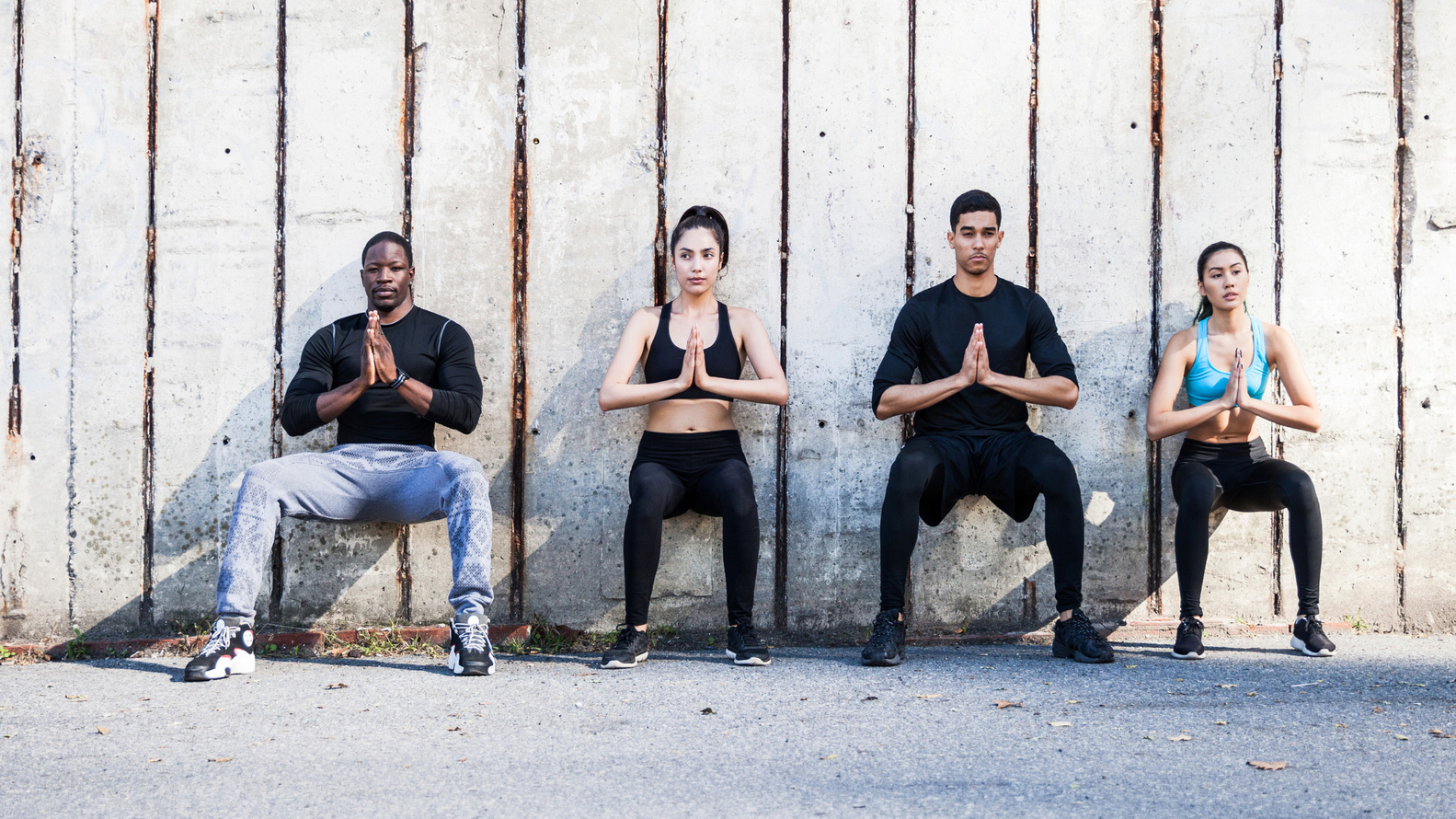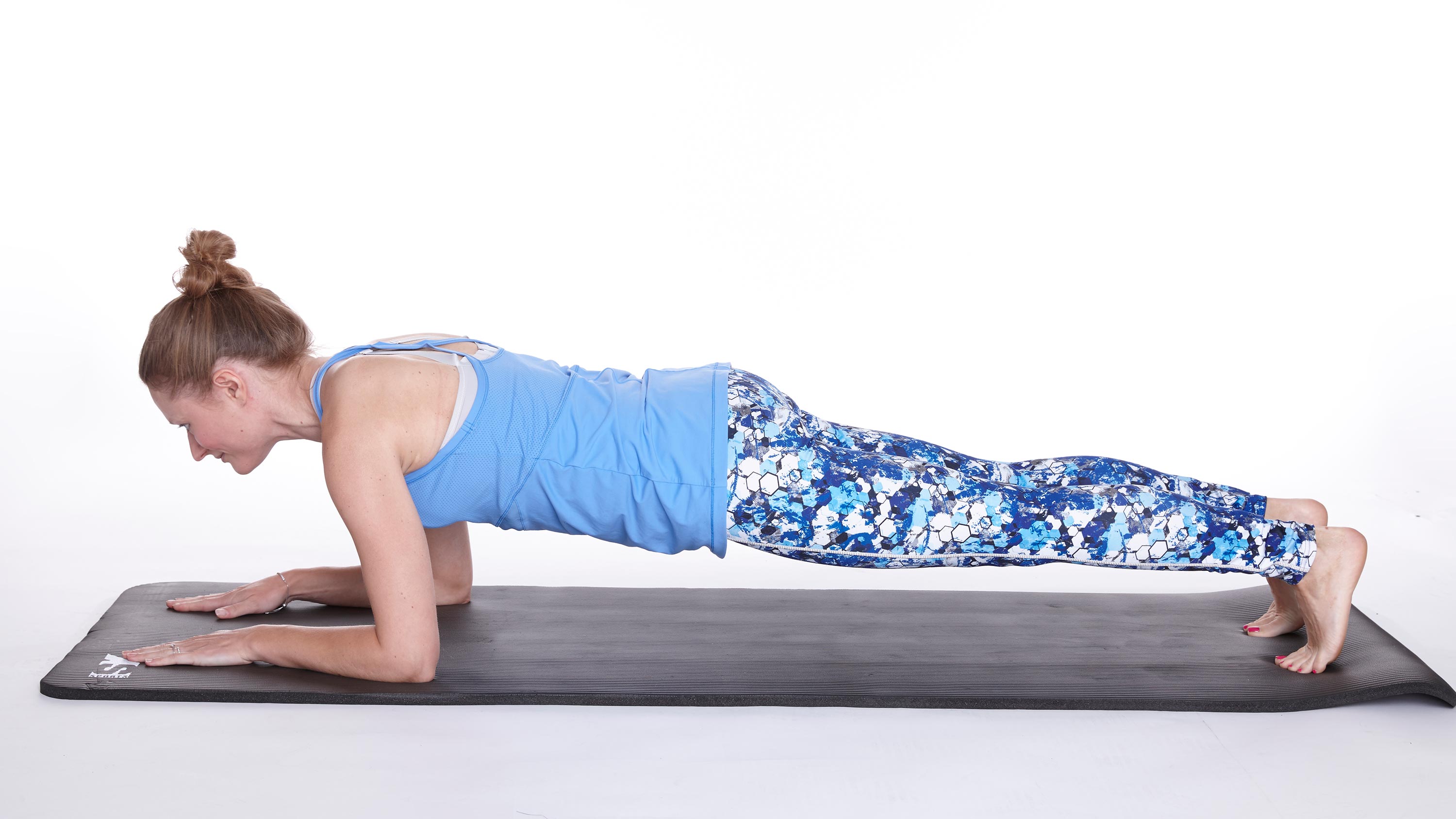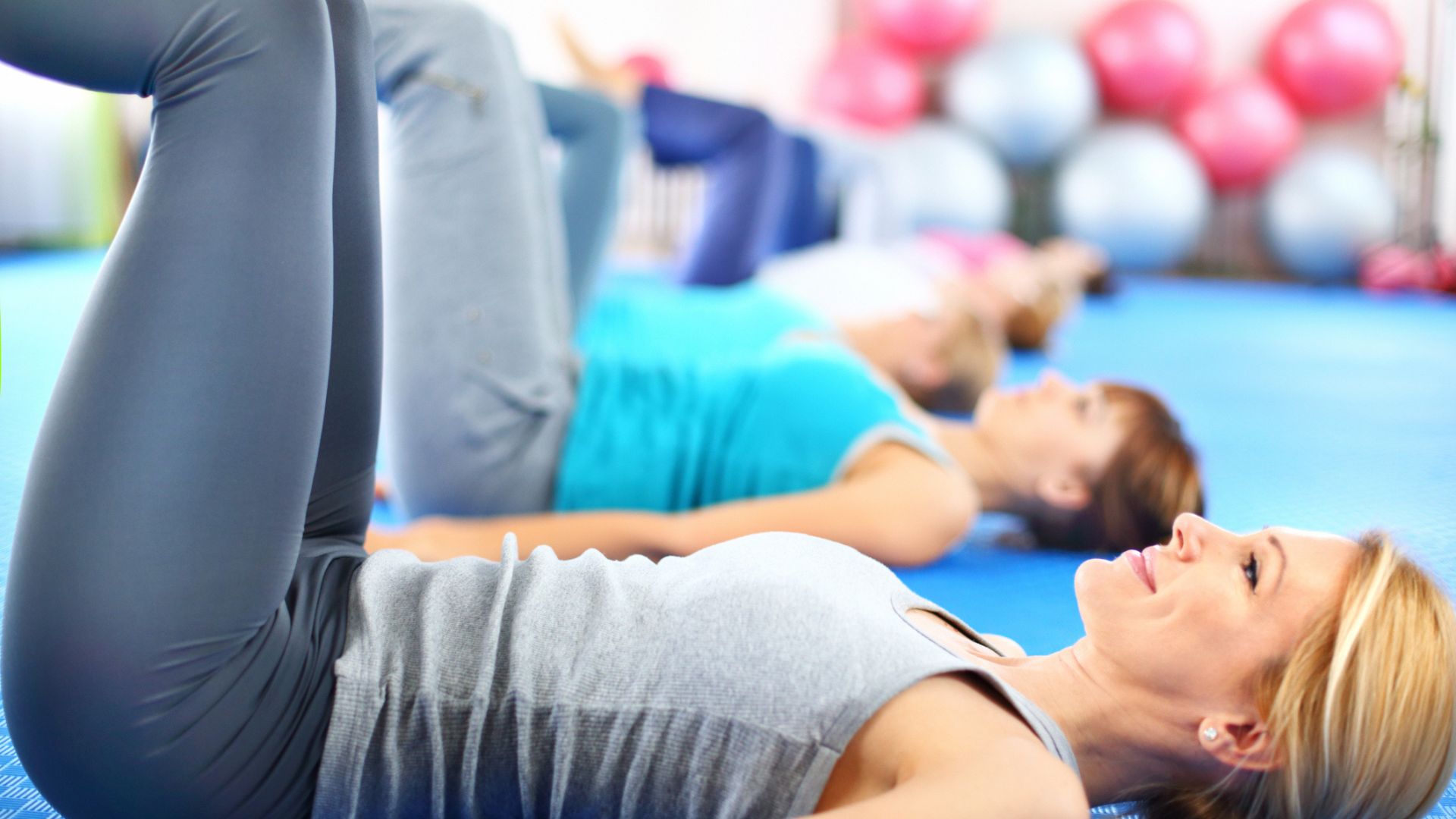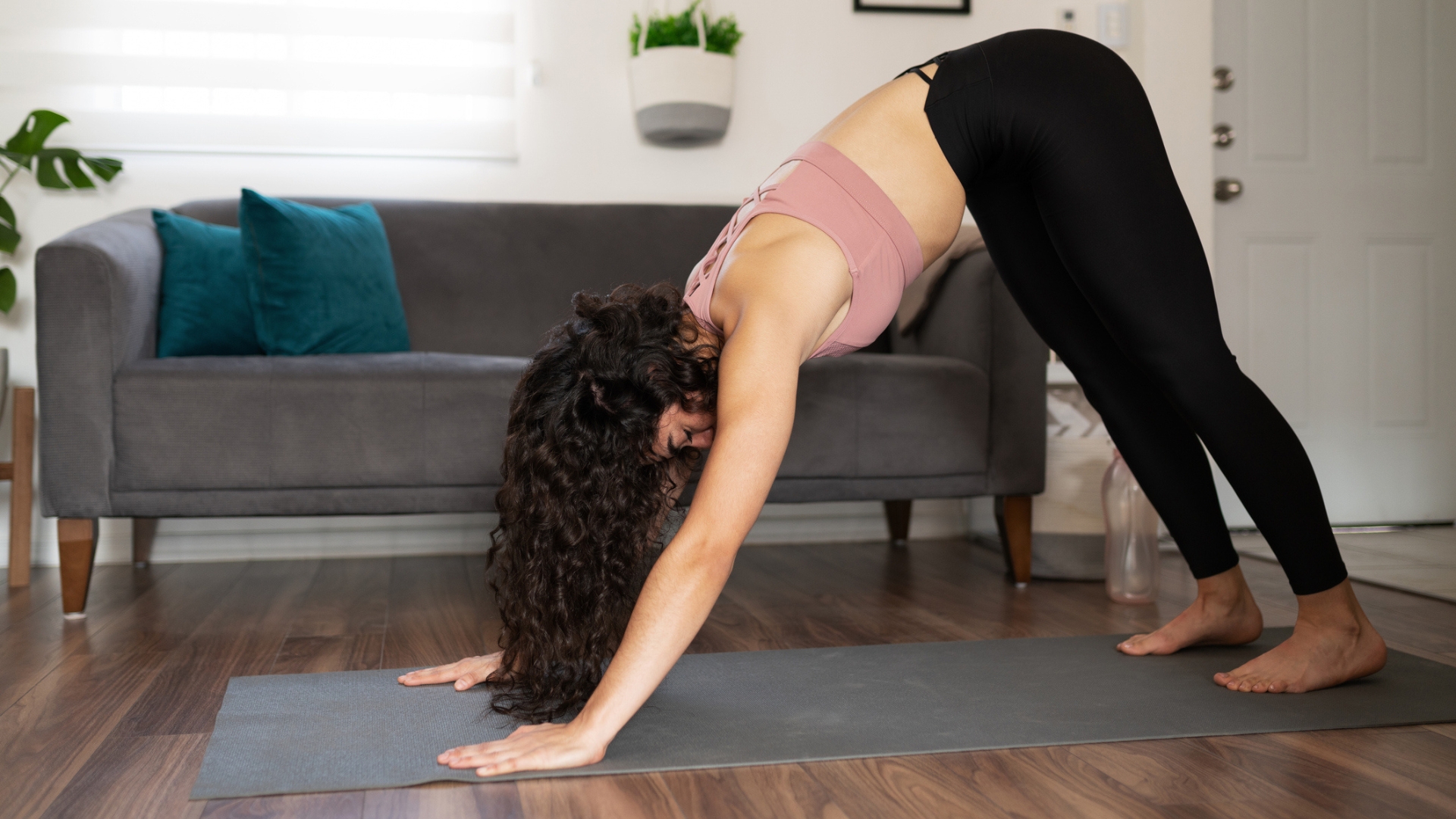Warming up before a workout? New research says don't stretch – here's why
Isometric exercises like planks and wall sits were found to be more effective than stretching when it comes to warming up


When it comes to warming up, most people think of stretching, such as touching your toes, or pulling your arm across your chest, before going on to perform exercise like a gym session or a run.
While stretching exercises are hugely beneficial in increasing the circulation to your muscles, and increasing your range of motion, "warming up" with static stretches directly before exercise might actually be hampering your overall performance. You may be better off saving the stretches until after your workout, using them with one of the best foam rollers to increase mobility and decrease soreness. For pre-exercise, research might have found a better way to warm up.
Researchers from Azusa Pacific University in California have examined whether static stretching or isometric exercises are preferable when it comes to warming up. Isometric exercises are exercises which contract a group of muscles but don't require any movement, such as planks (see the picture below) or wall sits (see the picture above).
Isometric exercises provide a great deal of muscle activation, according to previous research, but require no movement beyond holding the prescribed pose for a specific length of time, so you can do it "cold" with a very limited range of motion. As the blood begins to flow into your muscles, you prepare your body for training.

The researchers found "Isometric holds have positive effects/fewer negative results on running athletes when compared to static stretching for pre-exercise performance". The participants who underwent static stretching before exercising demonstrated a "significant negative effect" on exercise performance. By doing stretching before a workout, you could be undercutting your performance.
As we said above, stretching has tons of benefits. It improves your range of motion, circulation, and lengthens your muscles, guarding against age-related muscular atrophy. This is not a call to drop stretching from your training entirely: if anything, you're probably not doing enough.
The researchers found stretching would increase the muscle's "slack", with the loose muscle hindering sprint performance. For dynamic exercises requiring a huge range of motion, such as dance or martial arts, stretching after a cardiovascular or isometric warm-up is commonly thought of as a good idea for precisely this reason: the more "slack" in the muscle, the more likely you are to be able to pull off a dynamic high kick. However, for pure sprinting power, it's proved to be inefficient.
Get the Fit&Well Newsletter
Start your week with achievable workout ideas, health tips and wellbeing advice in your inbox.
Isometric exercises like the plank or wall sit can be performed with no equipment at all. All you need is a space, a wall and one of the best yoga mats to get started.
Matt Evans is an experienced health and fitness journalist and is currently Fitness and Wellbeing Editor at TechRadar, covering all things exercise and nutrition on Fit&Well's tech-focused sister site. Matt originally discovered exercise through martial arts: he holds a black belt in Karate and remains a keen runner, gym-goer, and infrequent yogi. His top fitness tip? Stretch.
-
 A Pilates instructor says this is the beginner-friendly core exercise everyone should try
A Pilates instructor says this is the beginner-friendly core exercise everyone should tryForget crunches, this is the perfect foundation move
By Alice Porter Published
-
 Prevent poor posture and release tension from sitting down with these four simple stretches from a yoga instructor
Prevent poor posture and release tension from sitting down with these four simple stretches from a yoga instructorThe daily poses he swears by, no matter what
By Alice Porter Published